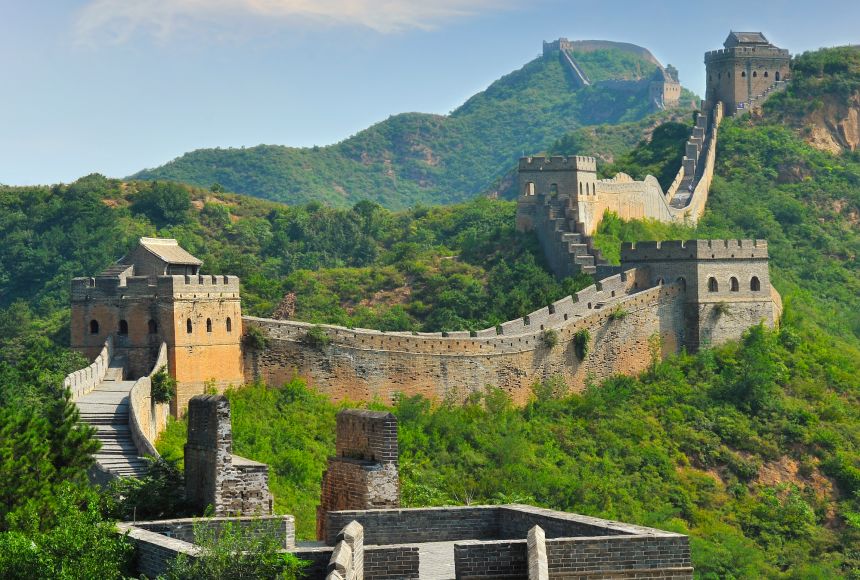
The Great Wall of China is one of the most iconic and impressive architectural feats in human history. It is a series of fortifications made of stone, brick, tamped earth, wood, and other materials, generally built along the northern borders of China to protect against invasions and raids by various nomadic groups and military incursions from the north.
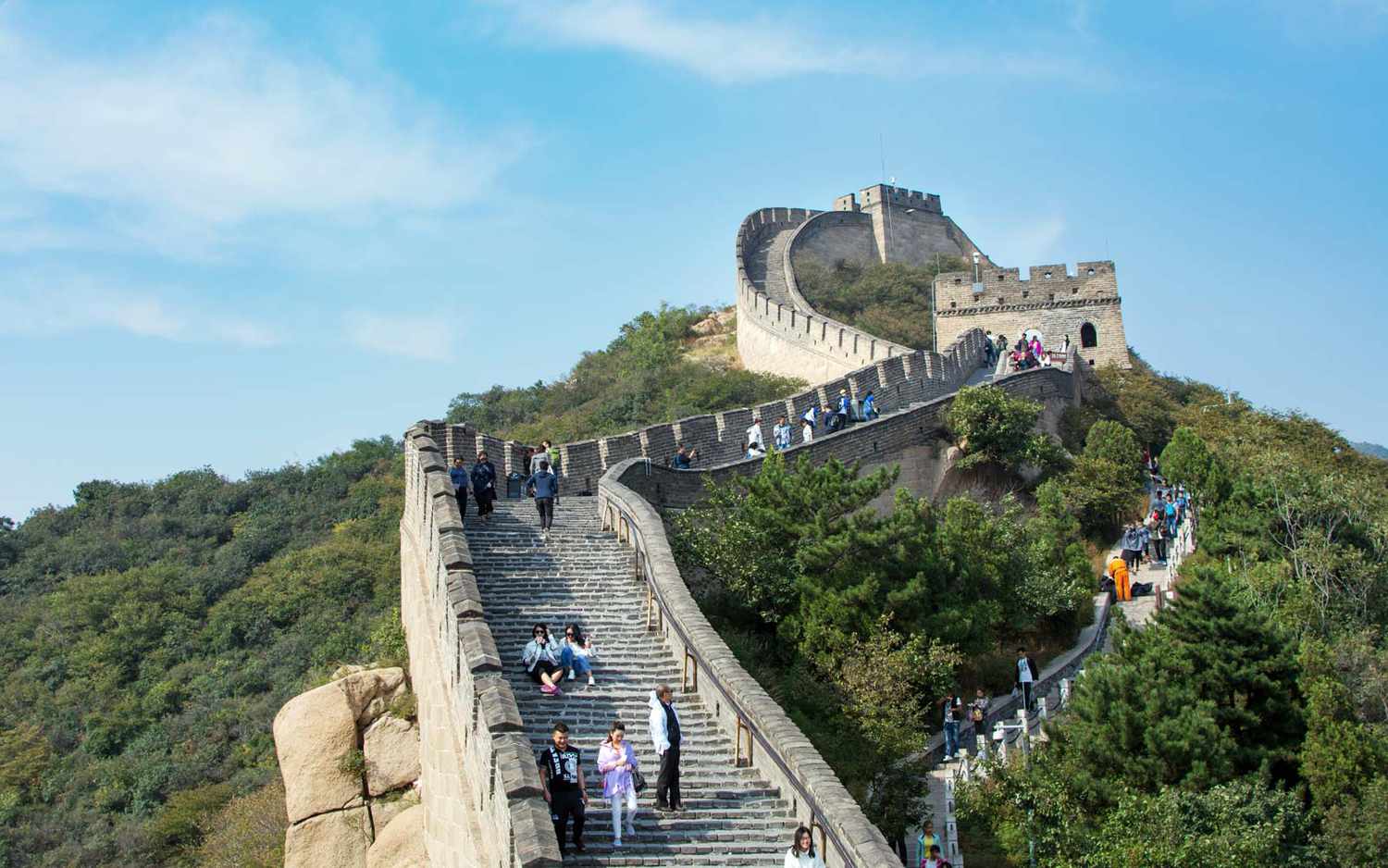
Historical Background
Construction Periods: The construction of the Great Wall began as early as the 7th century BC during the Warring States Period (476–221 BC) and continued through the Qin (221–206 BC) and Han (206 BC–220 AD) dynasties. Significant sections were built during the Ming Dynasty (1368–1644 AD), which are the most well-preserved and what we recognize today as the Great Wall.
Purpose: Its primary purpose was defensive, to protect Chinese states and empires from invasions and raids by nomadic groups from the north, such as the Xiongnu during the Qin Dynasty and later the Mongols and Manchus during the Ming Dynasty.
Structure and Architecture
Length: The total length of all sections of the Great Wall built over different dynasties is estimated to be around 13,171 miles (21,196 kilometres), although some measurements suggest it could be longer.
Materials: Different materials were used depending on the time period and location, including bricks, stones, earth, and wood. The bricks used were sometimes stamped with the supervisor’s name and the construction date.
Design: The Wall itself varied in design, often reflecting the terrain it was built upon. It included walls, watchtowers, barracks for soldiers, garrison stations, and signal towers for communication.
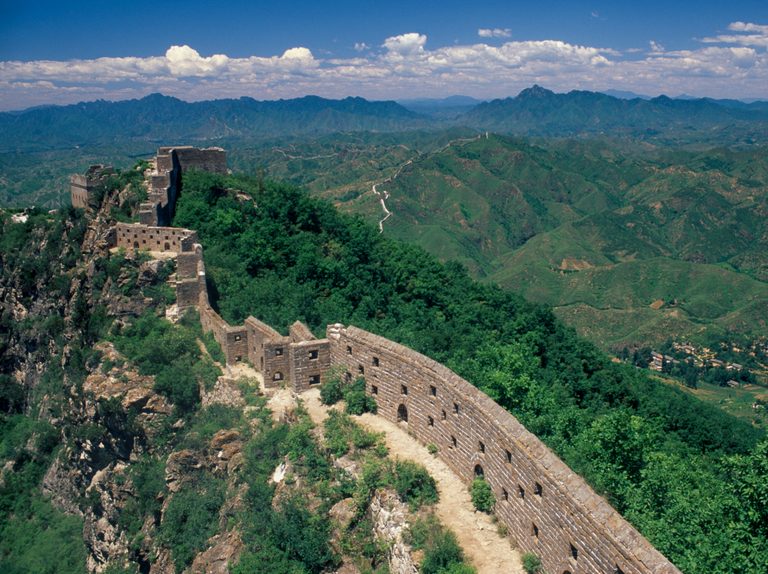
Cultural and Symbolic Significance
Symbol of China: The Great Wall has become a symbol of China’s enduring strength and resilience throughout history.
Tourism and Recognition: It is one of the most popular tourist destinations in the world, attracting millions of visitors annually who marvel at its sheer scale and historical significance.
UNESCO World Heritage Site: In 1987, the Great Wall was designated a UNESCO World Heritage site, recognizing its global cultural and historical significance.
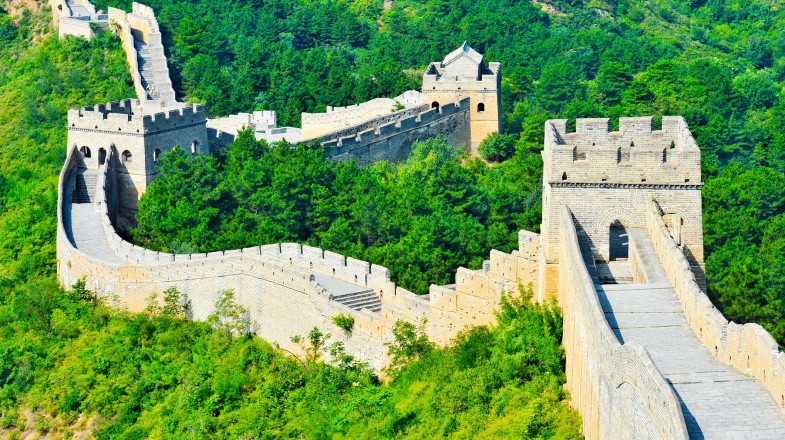
Purpose of The Great Wall of China
The primary purpose of the Great Wall of China was defensive. Here are the key reasons why it was built:
1. Defense against Invasions: The Great Wall was constructed to protect Chinese states and empires from invasions and raids by various nomadic groups from the north, such as the Xiongnu, Mongols, and Manchus. These nomadic groups were seen as threats to the stability and security of the Chinese dynasties.
2. Border Control: It served as a means to regulate trade and immigration, allowing Chinese authorities to monitor and control movement across their northern borders.
3. Symbol of Strength and Unity: Beyond its practical military function, the Great Wall also served as a symbol of the Chinese civilization’s strength, unity, and determination to defend their homeland.
4. Signal Communication: The Wall included signal towers and beacons that were used to transmit messages and warnings across long distances, facilitating rapid communication in times of danger.
5. Preservation of Culture and Civilization: By protecting the heartland of China from external threats, the Great Wall helped preserve Chinese culture, language, and traditions over centuries.
Overall, the Great Wall of China played a crucial role in the defense and preservation of ancient China, symbolising its builders’ might and perseverance throughout history.
Challenges and Conservation Efforts
Natural Wear and Tear: Over the centuries, parts of the Great Wall have eroded or been dismantled due to natural forces like wind and rain, as well as human activities.
Conservation: Efforts have been made by the Chinese authorities to preserve and protect the Wall. Conservation projects involve stabilizing the structure, preventing further erosion, and controlling tourism to minimize damage.
Legacy
The Great Wall of China stands not only as a physical testament to ancient Chinese engineering prowess but also as a cultural and symbolic icon representing China’s enduring spirit and historical heritage. Its grandeur continues to inspire awe and wonder, making it a monument to human determination and ingenuity.
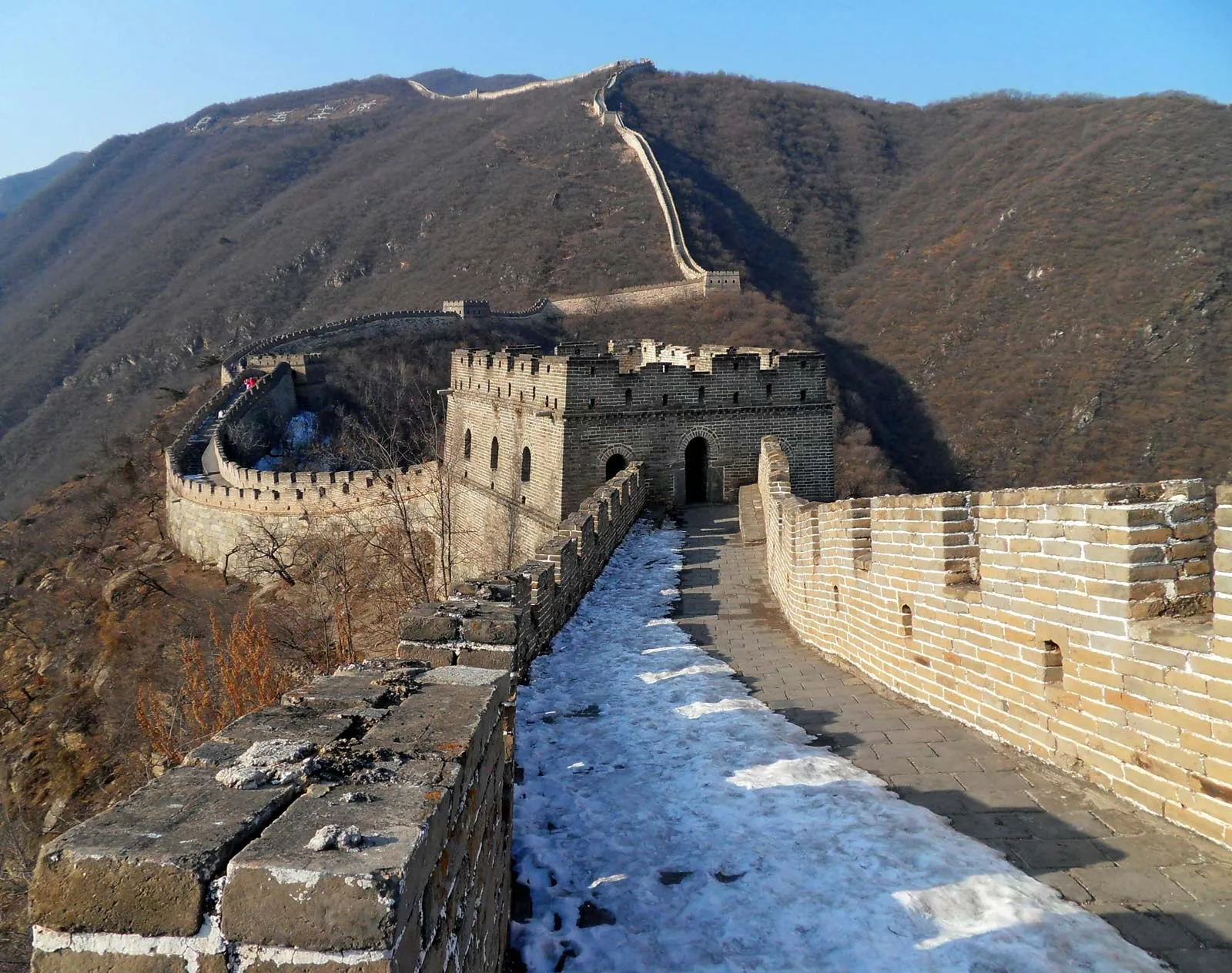
Main Facts About The Great Wall of China
One of the main facts about the Great Wall of China is its incredible length. Spanning approximately 13,171 miles (21,196 kilometres), the Great Wall is not only the longest wall in the world but also one of the most impressive architectural achievements in human history. Built over several centuries and dynasties, it serves as a testament to the ancient Chinese civilization’s advanced engineering skills and strategic military planning.
For advertising and content publication, what’s app Xlose Magazine on 0574170347 – a platform for everyone


